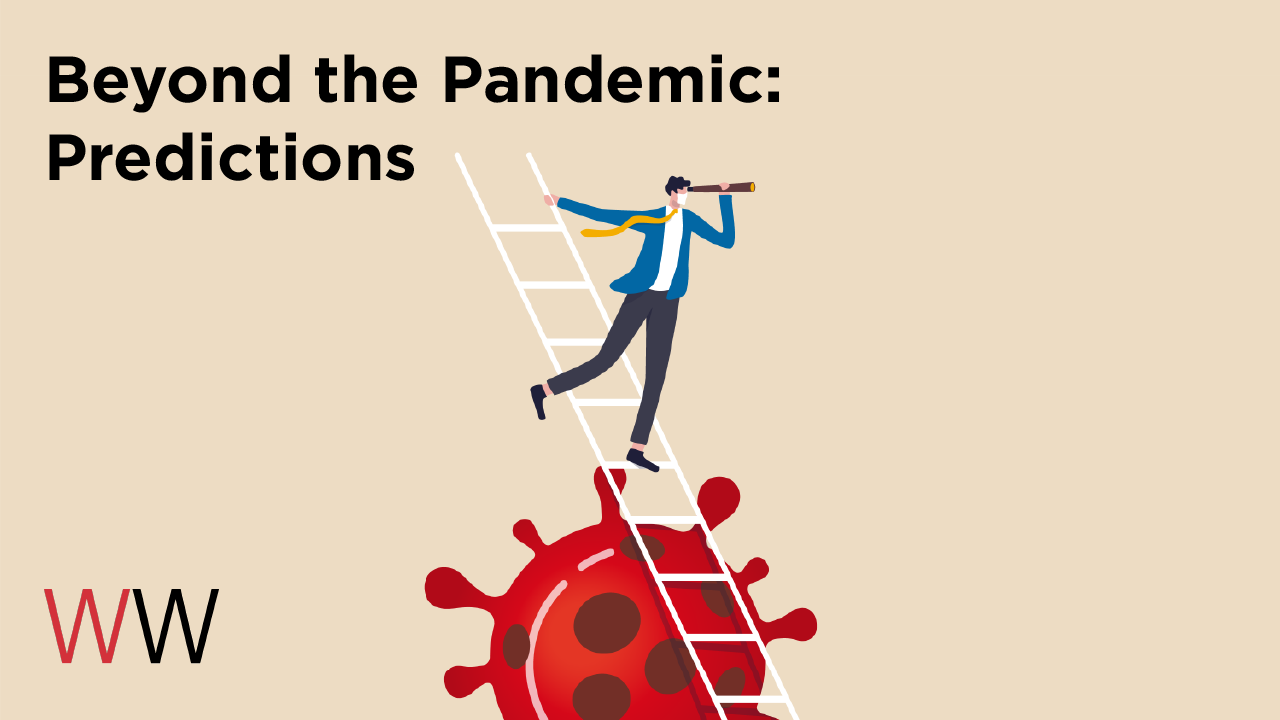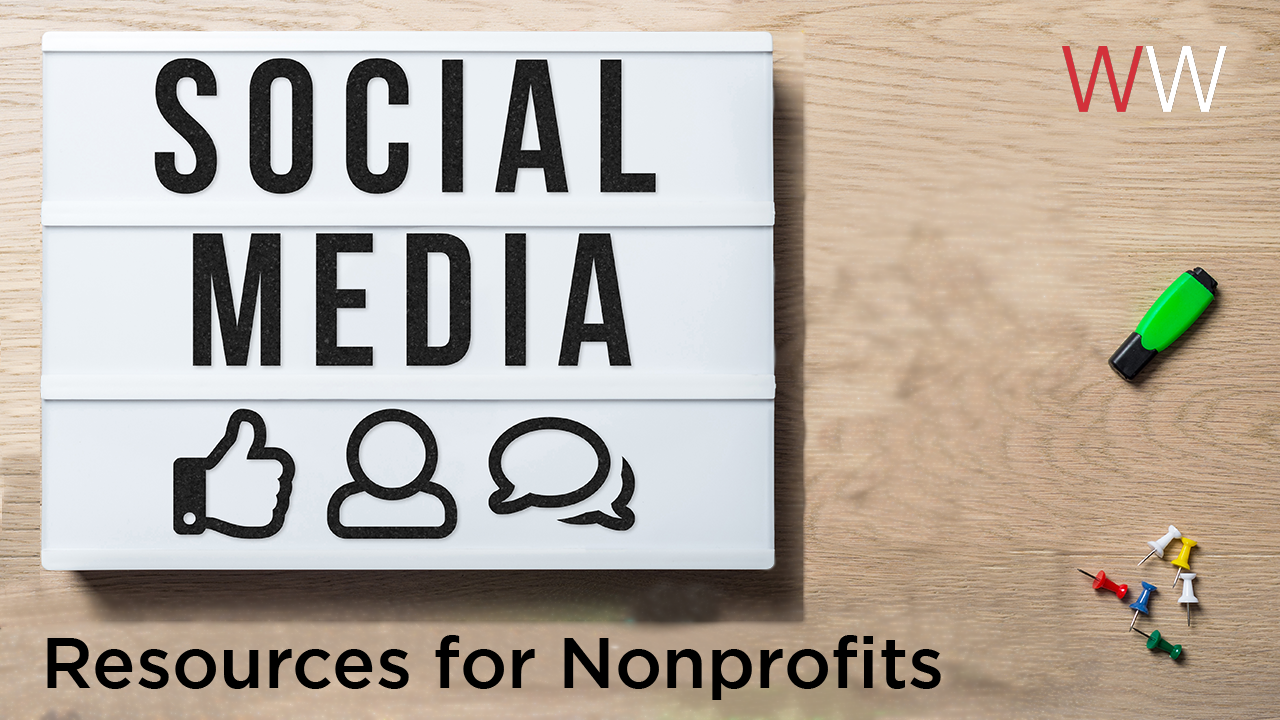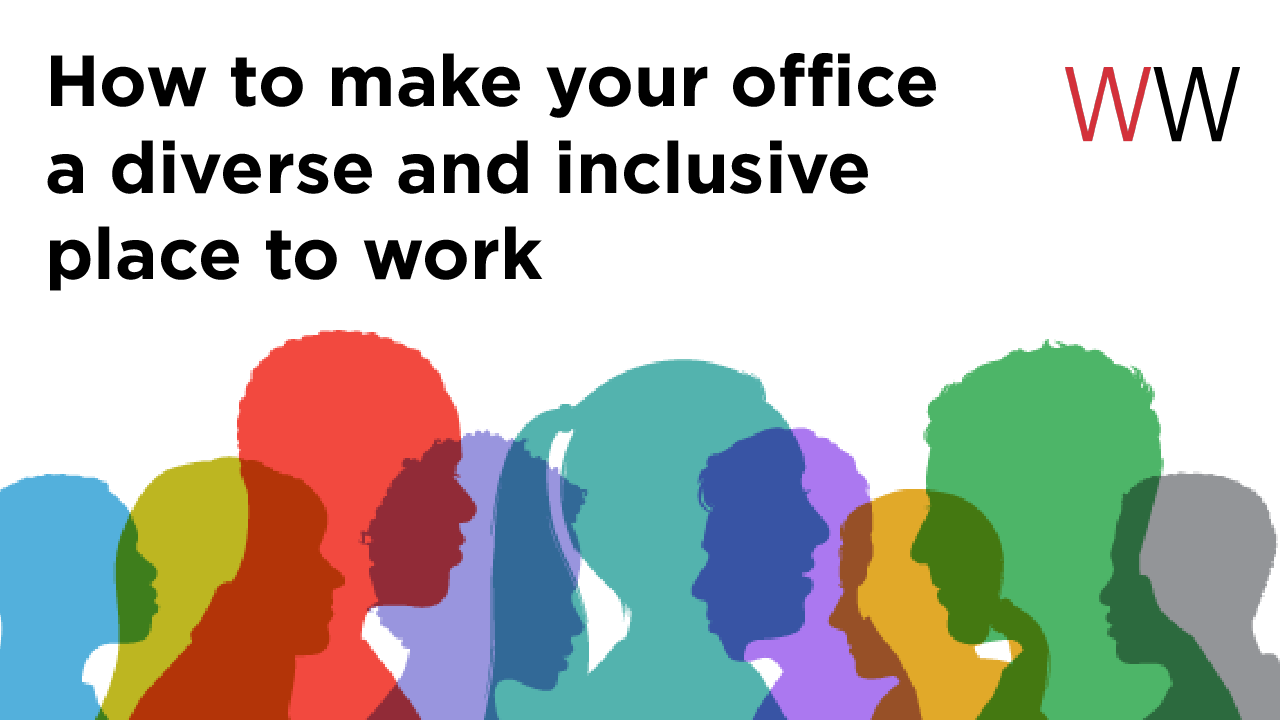It’s been four months since most of the U.S. went into lockdown due to COVID-19. Those of us who are able to work remotely have finally gotten our sea legs. Those who cannot remain on the sidelines – splitting the U.S. into two distinct realities.
The debate continues to roll on about how the pandemic will impact the future. Will this be a global renaissance that catapults us into a virtual future beyond recognition, or will we return to our old patterns?
Reminders of the pandemic are everywhere: Door signage no longer welcomes you inside, but warns of new rules upon entering. Floor decals dot the ground in six feet increments, reminding you to social distance. Hand sanitizing stations and even portable hand washing stations can be seen in many public places.
Obvious post-pandemic trends are already bubbling to the surface. Concerns about the food supply chain have driven increased interest in growing and cooking food at home, spurring the rise of “victory gardens,” hydroponics and vertical gardens.
Beyond offering delivery (including alcohol and even marijuana in those states where it is legal), drive-thru, curbside and inside pickup, restaurants are now offering family-sized, bundled meals, special to-go packaging. Some have transformed into food banks to feed the hungry.
Home delivery has adapted to touchless systems including experimentation with drones and robots. Some grocery stores now have the same offerings as restaurants, such as prepared meals delivery, so you can order groceries and pizza on the same app. Most have adapted to provide special shopping hours for seniors. Restaurants have also adapted to deliver/sell some groceries too. Since their operations have been reduced, they might have extra groceries they need to get rid of, some have added these items to their online menu.
After learning to bring our own bags to grocery stores to avoid the bag tax and the use of plastics, now we find some states have banned reusable shopping bags over fears that the virus lingers on everyday objects. Or those that do bring their own bags end up having to bag their own groceries. This may morph into customers buying their own personal, collapsible carts that fold up and fit easily into their cars. East coast grocery chain Stop & Shop is now testing autonomous mobile grocery vehicles that can be summoned by a mobile app.
Even the car buying experience has changed to fit consumer needs. Carvana had already changed the car buying experience to enable online ordering before the pandemic, but it now offers touchless delivery as well. Local dealers and brands such as Tesla, Audi, Fiat Chrysler and Ford/Lincoln have adapted their buying experience to the “new normal” by offering touchless car buying experiences as well.
Oh, but, we sure do miss socializing. When we do go out, we want restaurants to provide a unique experience like eating inside a socially distanced greenhouse or inside a personal dome that looks like a gigantic faceshield. Expect to see enhanced safety and health measures like temperature checks, masked servers, sanitized service, disposable menus, touchless checkout, more outdoor seating and socially distant dining with limited capacity at restaurants.
Drive-thru theaters are back in vogue and being repurposed to host live concerts. At home, outdoor living spaces are driving record numbers of landscape design leads to create a backyard oasis for entertaining.
Home improvements are also surging. Smart tech, from touchless faucets to bidets (do we need toilet paper?), security cameras, lighting, and keyless entry are becoming more prominent. The need for dedicated office space and “flex” spaces (office/home gym/bedroom) are in demand, which may reverse the trend for open-concept layouts.
Which brings us back to the office. Work schedules will look different as offices start bringing personnel back in phases – not everyone will be in the office at the same time. Plus, remote work has some people working at odd hours, especially parents as they need to take care of the little ones during the day or to oversee virtual school. Door handles will be replaced with automatic doors. Elevators will have a limited capacity – no more cramping as we continue to practice social distancing.
Those that have open-concept offices are now looking to create separators or enclose them into single pods. Air filtration has become more important as the virus can be spread through air conditioning units. Bathrooms (toilets, sinks, hand dryers) will become touchless. Cubicles will be repurposed, walkways will be widened, and shared spaces may be retrofitted, restricted, or eliminated altogether. Cleaning crews will be on double duty to support new cleaning protocols. Our schools are looking at similar models with the added complexity of transportation and possibly continue distance learning in some areas.
How do we maintain collaboration in such an environment? We have demonstrated our ability to do that already through online collaboration tools such as Zoom, Microsoft Teams, Slack, and digital whiteboards. While working remotely, keeping open communication with managers and other staff members is key to ensure collaboration.
McKinsey & Company suggests the idea of “collaboration rooms” dedicated to this purpose along with a variety of employee segments that could deliver fully remote, hybrid remote, or on-site talent. Space solutions may vary as well from owned space to flexible leases to co-working, flex and remote work. While most organizations have had to jumpstart their digital transformations, most of these solutions will take time and additional investment to fully come to fruition.
As we continue to navigate this remote workforce, it’s important to point out the benefits this has brought to those who can work remotely. According to a recent study by Torchlight Hire, 75% of respondents reported being more productive at home than in the office. By removing the commute to work, we have been given the gift of time. This time helps to boost morale and experience less job stress.
Regardless of what the future holds, maintaining a human connection to each other is key. While the pandemic has us scrambling into quarantine (“alone together”) and hyper-focused on health and safety, the value and need for the human experience has accelerated. Staying connected, even virtually, will help us all in the journey ahead.



